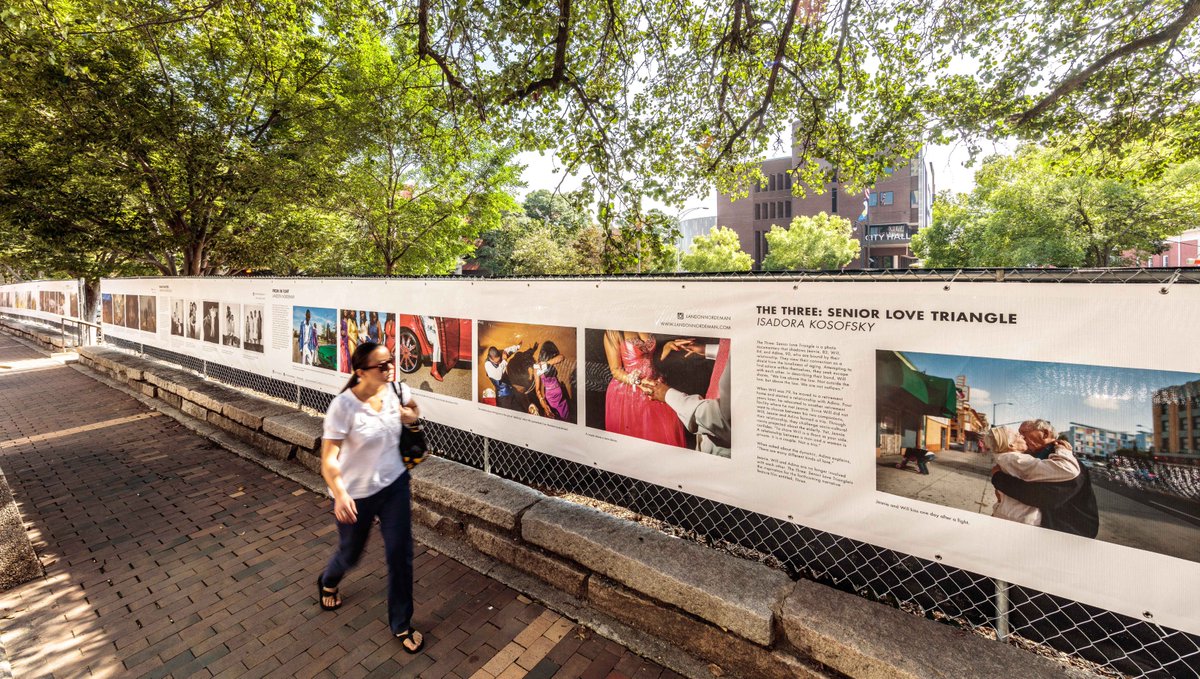Walkability in Durham
You may have heard people talk about walkability before. If you're like me, it probably made intuitive sense: It's better to have a more convenient way to walk to the various areas of the neighborhood. Whether or not you walk a lot, it would be nice to have the option. However, if you are faced with a choice between better walkability (nice to have) and more downtown parking, or improved road conditions, you might forget all about walkability.
Before learning more about walkability, I felt the same way. However, walkability impacts both the economics and the culture of a city in an unexpectedly large way.
A post on StrongTowns.org sums this up the economic side of this argument well.
The main point of the article? If people feel safe and supported walking around the city, businesses are much more successful. Intuitively, this makes sense as local businesses are always looking for foot traffic. The data in the linked article supports the idea as well.
Recently, local downtown business Liberation Threads announced that it will be closing. They cited a lack of foot traffic on Chapel Hill St. While it seems that Main Street has encouraged a walkable, pedestrian-friendly environment, Chapel Hill Street has struggled a bit.
Durham is working to make downtown more walkable. There are plans to convert the downtown loop into a two-way street (multi-lane, one-way streets are a killer for walkability). In addition, as One City Center finishes construction and adds retail, there should be a natural walking connection between Main St and Chapel Hill St. Pedestrians won't have construction in their way and will naturally follow retail around to discover businesses on Chapel Hill St.
However, there is still a lot to be done. Durham is already a decently-sized city (over 250,000 people) and it is growing fast! Walkability is a priority in the downtown area, but a city of this size needs other walkable areas. Raleigh has Five Points/Glenwood Ave, the Warehouse District, North Hills and more. It wouldn't be wise to completely emulate the neighborhoods of Raleigh, but making neighborhoods of Durham more walkable outside of downtown is essential.
Even sidewalks in the booming area of Central Park/Old North Durham need help. Some of the sidewalks are not in good repair and there is a lack of sidewalks connecting that area to Old Five Points. Then, what about Lakewood/Rockwood? Very few people ever walk to Foster's or Guglhupf. Even 9th St, which sees a lot of great foot traffic isn't well connected to other parts of the city.
As Durham grows and more small businesses try to flourish, they will be moving to less expensive areas of the city than downtown. Improving walkability in a variety of the neighborhoods in Durham will go a long way to helping these new, local businesses be successful.


